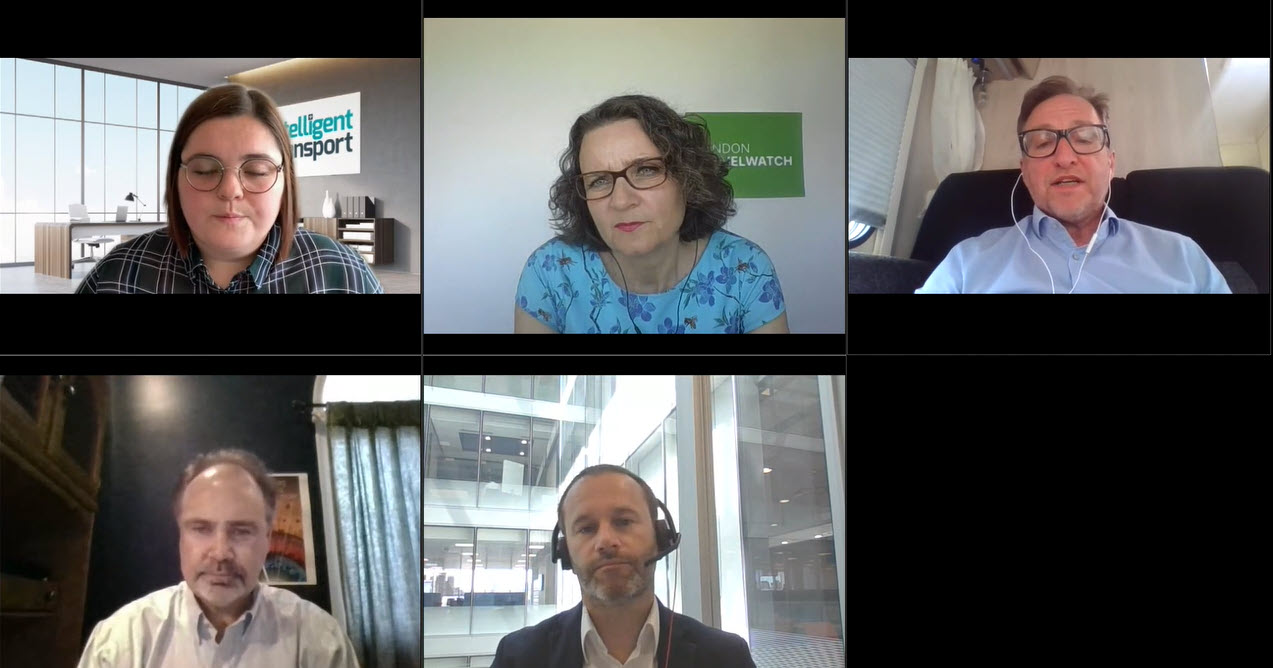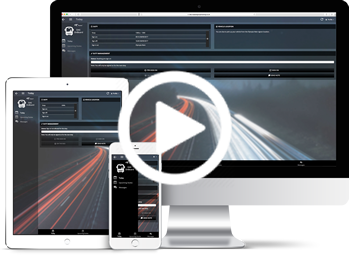Promoting Safe Transport – On and Off the Bus
“We need to make sure that people who don’t feel safe on the bus today feel safe in the future.”
This statement was made by Warwick Goodall of PA Consulting at the recent Bus to the Future webinar hosted by Intelligent Transport and Trapeze Group.
The Perception of Safety
Research undertaken by London TravelWatch found that one in five people stopped using the bus because they did not feel safe, illustrating how a negative perception can have a detrimental impact on ridership. Meanwhile, TfL research indicates that 62% of Londoners travel by bus at least once a week. These passengers must feel safe if they are to continue using public transport. In its Bus Action Plan, TfL recognises that, “perceptions of poor security can prevent some people from using buses or using them more often,” and acknowledges that ridership increase is dependent on safety.
Security Every Step of the Way
Emma Gibson stated that, “the feeling of safety starts at the bus stop.” If the stop is inadequately lit, in a remote area, or does not have bus departure information, it can seem unsafe. People are therefore less likely to wait for a bus there – particularly at night.
Better lighting, help points, and real-time passenger information all help to ensure a sense of safety. A study found that 32% of real-time passenger information users felt somewhat or much safer. The Trapeze LIO-AVL solution ensures passengers can access reliable information at all times wherever they are, alleviating uncertainty and reducing travel-related stress.
Journey planning tools, such as Trapeze’s Novus Live Travel Suite (Novus-LTS), minimise the amount of time spent waiting at bus stops, which has a major impact on the perception of safety.
Training Drivers
According to Emma Gibson, “much better information is needed about where to go if you’re having a problem on the bus.” Ensuring that bus drivers are trained to handle passenger issues is part of developing a safety culture on the public transport network. To this end, TfL has committed to training all 25,000 drivers on dealing with sexual harassment by the end of 2024.
Studies show that women, the disabled, people of colour, and the LGBTQ+ community are most at risk. For example, 38% of disabled people reported that they were a victim of a hate crime in the last three years. In its action plan, TfL acknowledge that they must work on, “enhancing [its] safeguarding response to protect [its] most vulnerable customers… taking a systematic approach to identifying and mitigating risks on the bus network.”
Trapeze’s Duty Allocation System (DAS) also contains features to keep passengers safe. DAS tracks all the work the driver has done and will do, ensuring that they do not exceed working hours regulations and are safe to be operating a vehicle. It also checks the driver has knowledge of the route, vehicle training, and handles the communication of notices to the driver for any changes to the depot or announcements from Health and Safety Executive (HSE) to ensures they are up to date.
Conclusion
Paul Comfort, host of Transit Unplugged Podcast, said that there are three types of safety: traditional safety – such as accidents and crashes; hygiene safety – such as protection from COVID-19; and personal safety – such as protection from physical harm. All three types must be considered in order to give passengers confidence in the bus as a safe way to travel.
In the words of Paul Comfort, “we have to focus on actual safety and the perception of safety.” From the physical infrastructure to the journey itself, passengers must not only be safe from harm, but also feel as if they are safe from harm as perception of safety correlates directly with the number of people using the bus.
Trustworthy real-time information will also make passengers feel safer. This is also true of journey planners, such as Trapeze’s Novus-LTS, where passengers are able to plan their journeys ahead of time. If they know when the bus is coming, it reduces the time spent waiting at a bus stop. This is particularly pertinent at night.
Utilising a Duty Allocation System to monitor the driver’s hours, check their knowledge, and ensure they are up to date on all notices means that passengers can feel confident that their driver is safe to be operating the vehicle on that route.
TfL’s actions demonstrate a real commitment to the security of their passengers. By adopting some of these practices, operators in the UK and beyond can improve “actual safety and the perception of safety” for the travelling public and ultimately increase ridership.
To discuss promoting safe transport further, please get in touch, and you can watch the entire webinar in the video below.
Bus to the Future: Imagining public transport in 2030 and beyond – and the changes needed now to ensure we get there
The Bus to the Future Webinar Panel

Clockwise from top left:
Leah Hockley, Editor of Intelligent Transport (Moderator)
Emma Gibson – CEO of London TravelWatch
Paul Attenborough – Programme Director at Trapeze Group
Warwick Goodall – Member of PA’s Management Group at PA Consulting
Paul Comfort – Host of Transit Unplugged Podcast
Here to help
Contact us and speak with one of our specialists:
+44 (0) 808 281 1039
More Info
About Us | Careers | Contact Us | Legal | Privacy
Trapeze Group respects your privacy

